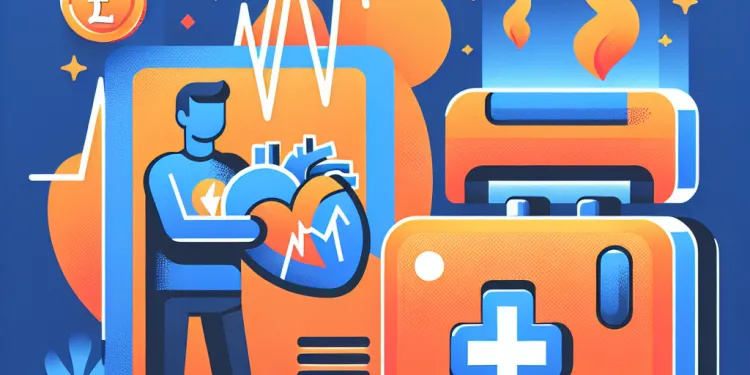
Find Help
More Items From Ergsy search
-
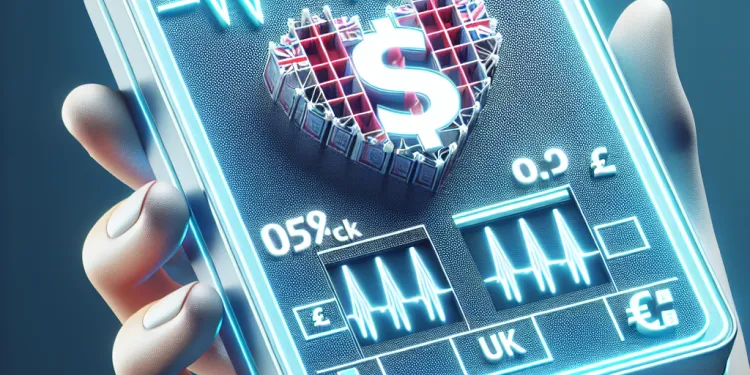
What is a defibrillator?
Relevance: 100%
-
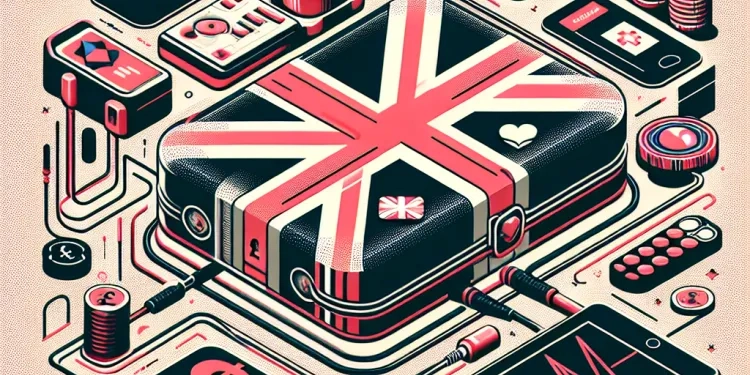
How effective are defibrillators?
Relevance: 96%
-
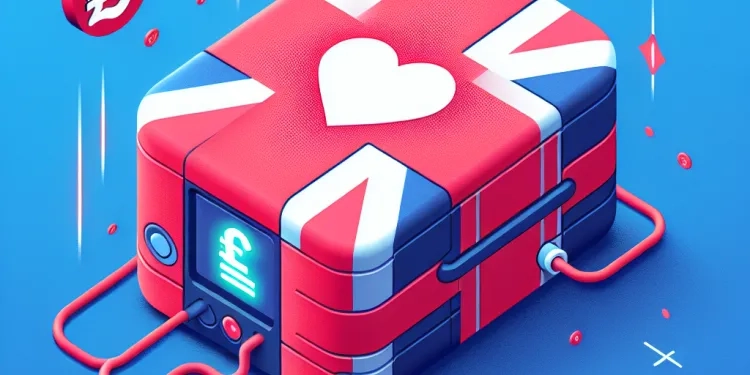
What is the role of a defibrillator in CPR?
Relevance: 92%
-
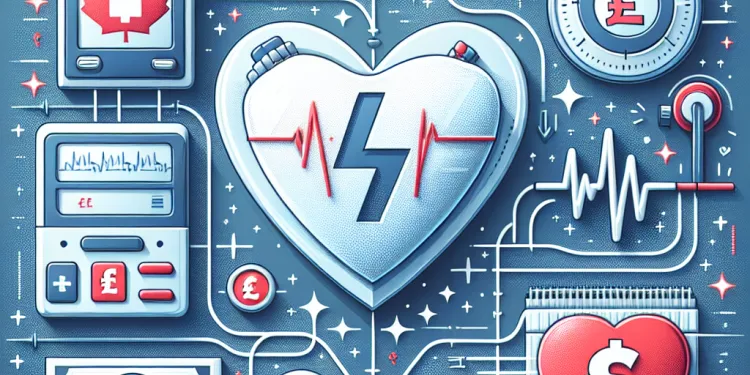
How does a defibrillator work?
Relevance: 91%
-
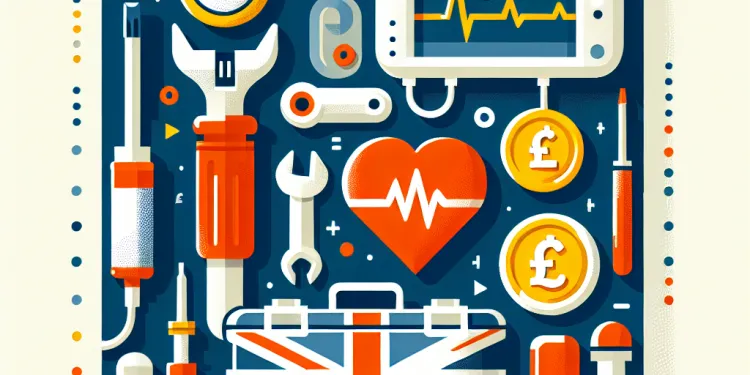
What maintenance do defibrillators require?
Relevance: 91%
-

What are the different types of defibrillators?
Relevance: 91%
-

Who can use a defibrillator?
Relevance: 91%
-
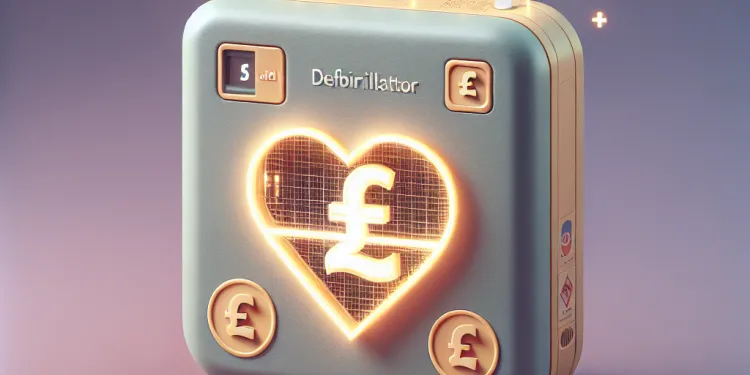
Can defibrillators be used on children?
Relevance: 89%
-
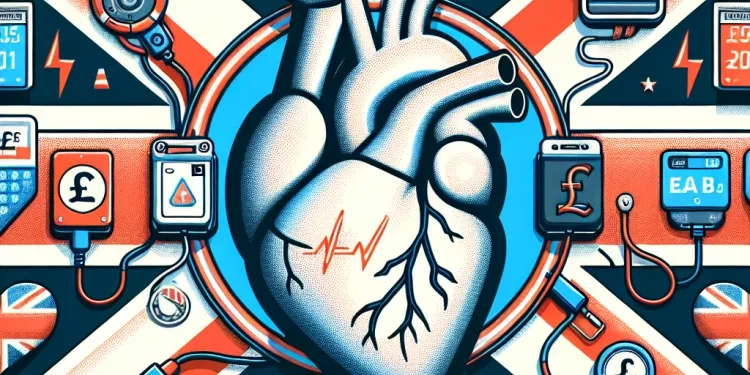
Can a defibrillator restart a stopped heart?
Relevance: 89%
-
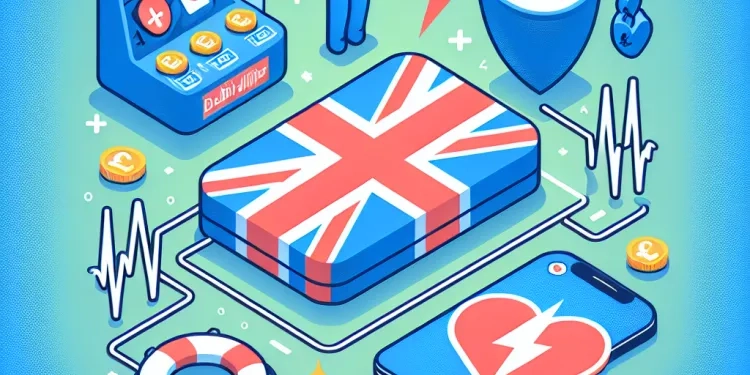
How long do defibrillator batteries last?
Relevance: 88%
-
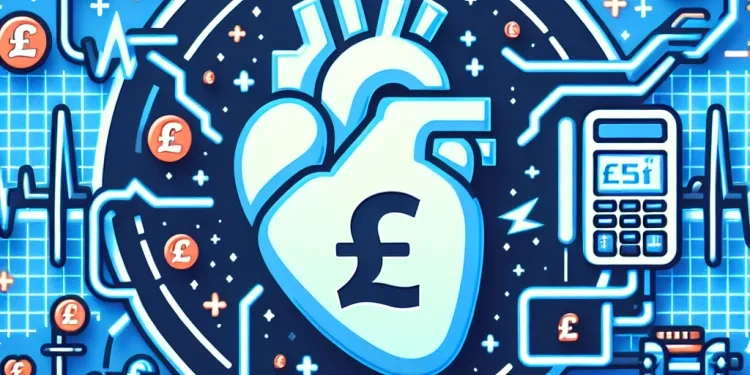
How do you know if a defibrillator is required?
Relevance: 88%
-
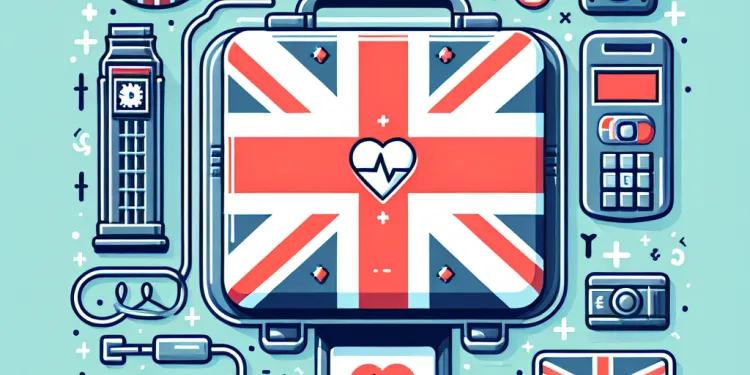
Do defibrillators have any side effects?
Relevance: 87%
-
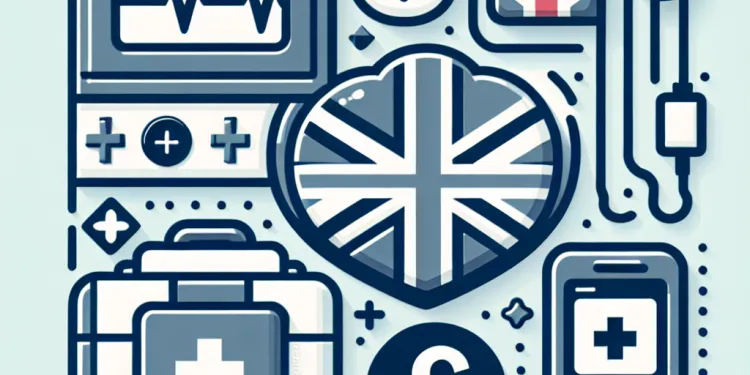
What should you do if a defibrillator is needed?
Relevance: 86%
-
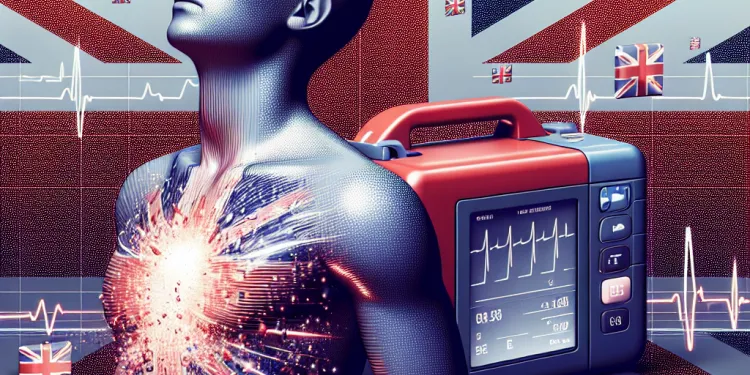
Can you use a defibrillator on a wet person?
Relevance: 85%
-
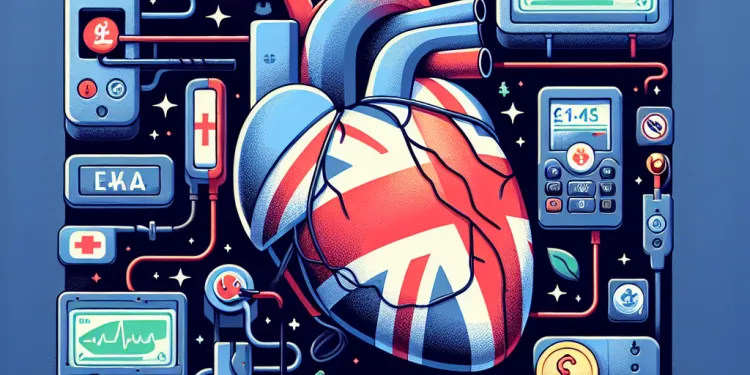
Why are defibrillators important?
Relevance: 69%
-
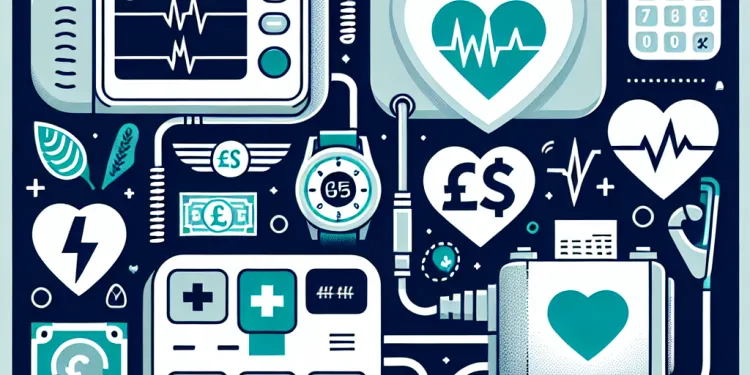
Is it safe to use a defibrillator on someone with a pacemaker?
Relevance: 62%
-
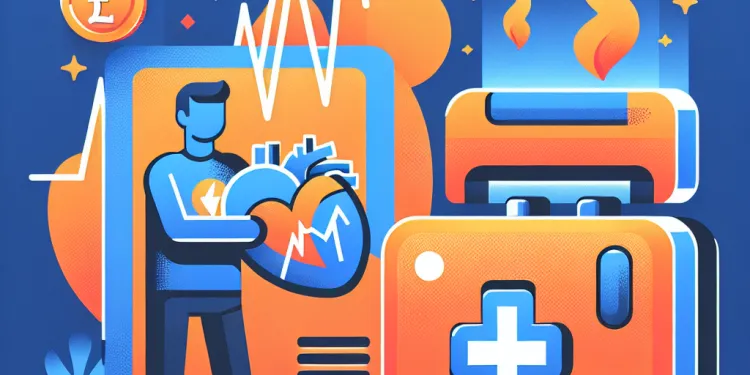
What is a Defibrallator?
Relevance: 51%
-
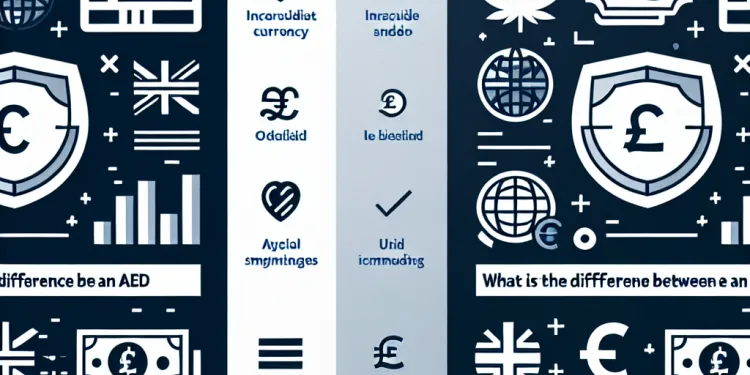
What is the difference between an AED and an ICD?
Relevance: 31%
-

What is an AED?
Relevance: 28%
-
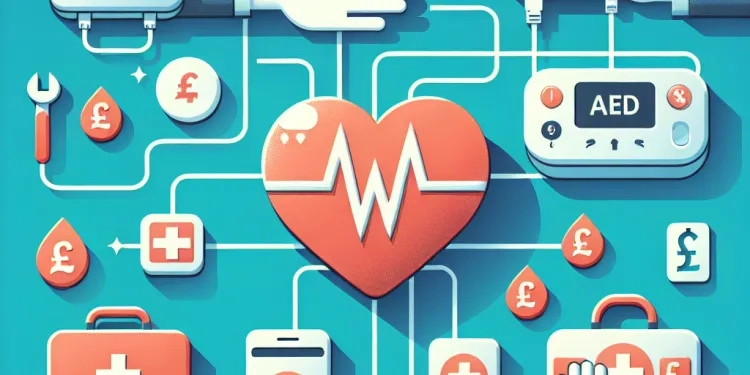
Is training required to use an AED?
Relevance: 23%
-

Is my abnormal heart rhythm dangerous?
Relevance: 19%
-
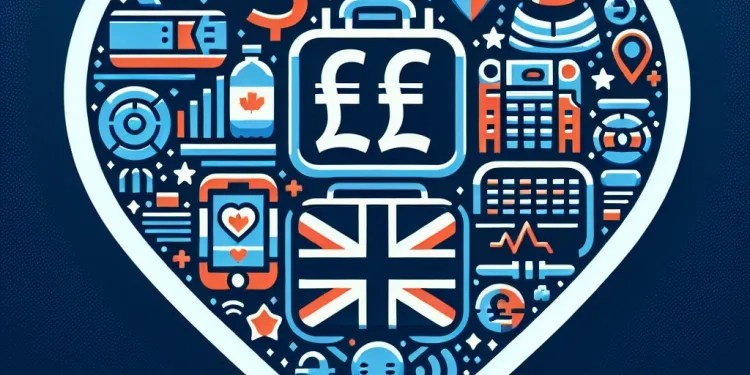
Where can AEDs typically be found?
Relevance: 17%
-
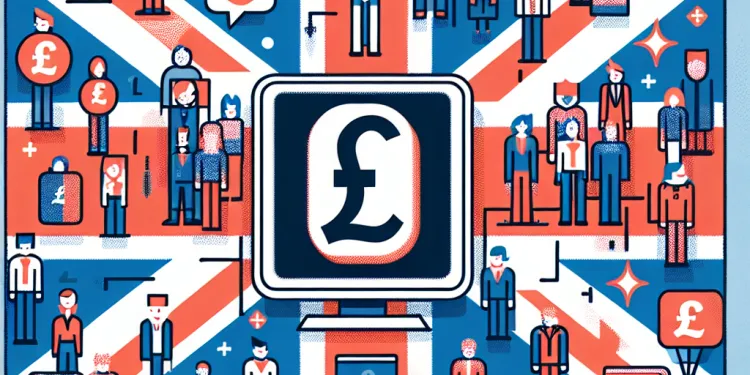
Can I learn first aid as a group?
Relevance: 13%
-
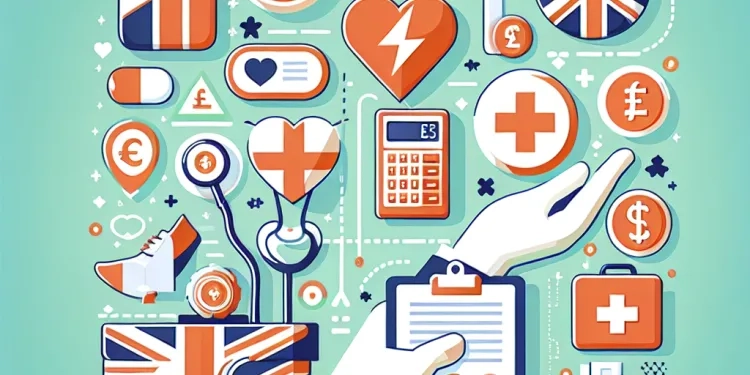
What is the best first aid certification to obtain?
Relevance: 12%
-

What age is appropriate to start learning first aid?
Relevance: 12%
-

Can I take first aid courses in person?
Relevance: 12%
-
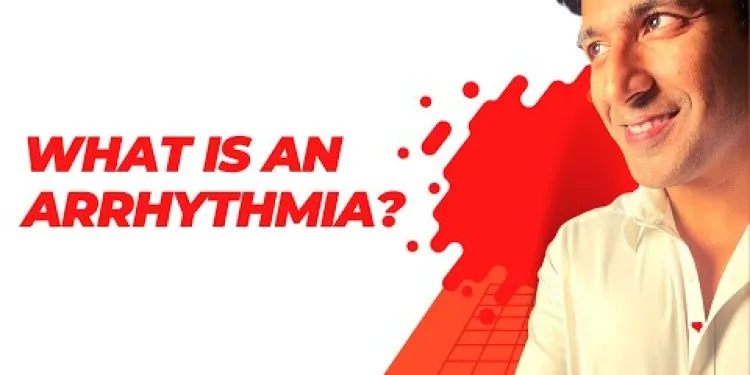
What exactly is an arrhythmia?
Relevance: 7%
-

Heart Failure : When the heart becomes stiff?
Relevance: 6%
-

How important is it to learn CPR along with first aid?
Relevance: 6%
-
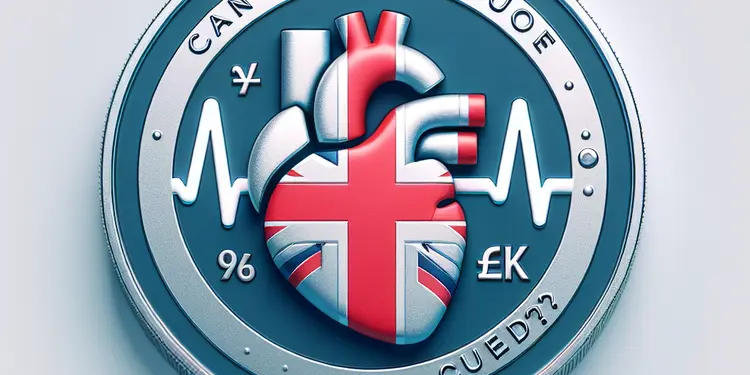
Can heart failure be cured?
Relevance: 6%
Understanding Defibrillators
A defibrillator is a medical device that is used to treat sudden cardiac arrest (SCA), a condition where the heart unexpectedly stops beating. It delivers a high-energy electric shock, called defibrillation, to the heart through the chest wall. This shock can help restore a normal heart rhythm in people who experience cardiac arrest.
Types of Defibrillators
There are several types of defibrillators available, each suited for different situations and environments. Automated External Defibrillators (AEDs) are commonly used in public places, such as airports, shopping centres, and sports arenas. These devices are designed to be user-friendly, enabling even those without medical training to use them effectively. Implantable Cardioverter Defibrillators (ICDs) are surgically implanted in a patient’s chest to monitor heart rhythms and provide shocks when necessary. There are also wearable defibrillators, which fit like a vest under clothing and serve as a temporary solution for those waiting for an ICD.
How Defibrillators Work
When a defibrillator is used, it analyzes the heart's rhythm to determine if a shock is needed. AEDs, for instance, are equipped with voice prompts and visual cues to guide users through the process. If the device determines that a shock is appropriate, it will instruct the user on how to proceed. The delivery of an electrical shock interrupts irregular heart rhythms, such as ventricular fibrillation or pulseless ventricular tachycardia, giving the heart a chance to re-establish an effective rhythm. This can significantly increase the survival rate for cardiac arrest victims if administered promptly.
The Importance of Prompt Action
In the event of sudden cardiac arrest, time is of the essence. Immediate use of a defibrillator, along with cardiopulmonary resuscitation (CPR), can double or triple a person's chances of survival. For every minute that passes without defibrillation, the chances of survival decrease by about 10%. Therefore, having defibrillators accessible in public spaces and having individuals trained to use them are crucial in improving survival outcomes for cardiac arrest victims.
Availability and Training
In the UK, efforts have been made to increase the availability of defibrillators in public places. The British Heart Foundation and other organisations advocate for widespread awareness and training sessions to empower individuals to act swiftly in emergencies. Many communities are now equipped with defibrillators accessible to the public, and training courses are readily available to educate people on their use. By ensuring that more people are informed and prepared, lives can be saved.
Overall, defibrillators are a critical tool in combating sudden cardiac arrest, and their presence in public spaces, combined with community readiness, plays a vital role in emergency medical response.
Frequently Asked Questions
What is a defibrillator?
A defibrillator is a medical device used to deliver an electrical shock to the heart in order to restore a normal heartbeat.
How does a defibrillator work?
A defibrillator works by delivering a dose of electrical energy to the heart through electrodes placed on the chest, helping to stop arrhythmias and reestablish a normal rhythm.
What are the different types of defibrillators?
The main types of defibrillators are automated external defibrillators (AEDs), implantable cardioverter-defibrillators (ICDs), and wearable cardioverter defibrillators (WCDs).
What is an AED?
An AED, or Automated External Defibrillator, is a portable device used to diagnose and treat sudden cardiac arrest by delivering an electrical shock to the heart.
Who can use a defibrillator?
AEDs are designed to be used by laypersons with little or no training, although training is recommended. Other types of defibrillators are used by medical professionals.
Why are defibrillators important?
Defibrillators significantly increase the chances of survival in cases of sudden cardiac arrest by restoring a regular heartbeat quickly.
Can defibrillators be used on children?
Yes, AEDs can be used on children, but they should have child-specific electrodes or settings due to lower energy requirements.
What is the difference between an AED and an ICD?
An AED is an external device used in emergencies, while an ICD is an implanted device that continuously monitors and corrects abnormal heart rhythms.
Where can AEDs typically be found?
AEDs can be found in many public places, such as airports, shopping malls, schools, and sports arenas, as well as in emergency vehicles.
What should you do if a defibrillator is needed?
Call emergency services immediately and follow the instructions provided by the defibrillator unit.
Is training required to use an AED?
While AEDs are designed to be simple to use, it is recommended that potential users undergo training to ensure proper operation.
How effective are defibrillators?
Defibrillators are highly effective in treating sudden cardiac arrest when used promptly, significantly increasing survival rates.
What maintenance do defibrillators require?
AEDs require regular checks to ensure battery life and pad readiness. ICDs require monitoring by healthcare professionals.
Do defibrillators have any side effects?
AEDs are generally safe and the risks are minimal compared to the benefits during a cardiac emergency. ICDs can sometimes deliver unnecessary shocks.
What is the role of a defibrillator in CPR?
A defibrillator is used during CPR to restore the heart's rhythm in conjunction with chest compressions and rescue breaths.
How long do defibrillator batteries last?
AED battery life generally ranges from 2 to 5 years, while ICD batteries usually last between 3 and 7 years before needing replacement.
Can you use a defibrillator on a wet person?
If possible, dry the person's chest quickly to ensure good adhesion and conductivity of the electrode pads, but in an emergency, it's more crucial to act quickly.
Is it safe to use a defibrillator on someone with a pacemaker?
Yes, it is generally safe. Place the electrodes at least 1 inch away from the pacemaker site.
How do you know if a defibrillator is required?
A defibrillator is needed if a person is unresponsive and not breathing normally, indicating a potential cardiac arrest.
Can a defibrillator restart a stopped heart?
Defibrillators are designed to correct abnormal heart rhythms, not to restart a completely stopped heart, although they may be part of the efforts to revive a patient.
Useful Links
- Ergsy carfully checks the information in the videos we provide here.
- Videos shown by Youtube after a video has completed, have NOT been reviewed by ERGSY.
- To view, click the arrow in centre of video.
- Most of the videos you find here will have subtitles and/or closed captions available.
- You may need to turn these on, and choose your preferred language.
- Go to the video you'd like to watch.
- If closed captions (CC) are available, settings will be visible on the bottom right of the video player.
- To turn on Captions, click settings .
- To turn off Captions, click settings again.
More Items From Ergsy search
-

What is a defibrillator?
Relevance: 100%
-

How effective are defibrillators?
Relevance: 96%
-

What is the role of a defibrillator in CPR?
Relevance: 92%
-

How does a defibrillator work?
Relevance: 91%
-

What maintenance do defibrillators require?
Relevance: 91%
-

What are the different types of defibrillators?
Relevance: 91%
-

Who can use a defibrillator?
Relevance: 91%
-

Can defibrillators be used on children?
Relevance: 89%
-

Can a defibrillator restart a stopped heart?
Relevance: 89%
-

How long do defibrillator batteries last?
Relevance: 88%
-

How do you know if a defibrillator is required?
Relevance: 88%
-

Do defibrillators have any side effects?
Relevance: 87%
-

What should you do if a defibrillator is needed?
Relevance: 86%
-

Can you use a defibrillator on a wet person?
Relevance: 85%
-

Why are defibrillators important?
Relevance: 69%
-

Is it safe to use a defibrillator on someone with a pacemaker?
Relevance: 62%
-

What is a Defibrallator?
Relevance: 51%
-

What is the difference between an AED and an ICD?
Relevance: 31%
-

What is an AED?
Relevance: 28%
-

Is training required to use an AED?
Relevance: 23%
-

Is my abnormal heart rhythm dangerous?
Relevance: 19%
-

Where can AEDs typically be found?
Relevance: 17%
-

Can I learn first aid as a group?
Relevance: 13%
-

What is the best first aid certification to obtain?
Relevance: 12%
-

What age is appropriate to start learning first aid?
Relevance: 12%
-

Can I take first aid courses in person?
Relevance: 12%
-

What exactly is an arrhythmia?
Relevance: 7%
-

Heart Failure : When the heart becomes stiff?
Relevance: 6%
-

How important is it to learn CPR along with first aid?
Relevance: 6%
-

Can heart failure be cured?
Relevance: 6%


